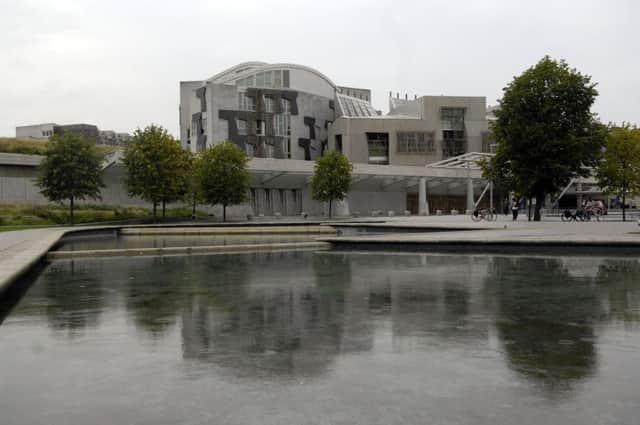Scott Macnab: Swinney to make history as Calman powers begin to kick in


The independence debate has seen the powers overshadowed by the post-referendum Smith Commission package which goes even further. Nonetheless, next week will see income tax effectively cut by 10 pence north of the Border and Mr Swinney tasked with raising it back up the required level in line with need. The limited nature of Calman means any income tax rise would be across the board, meaning Swinney cannot target high earners. This means he is unlikely to deviate from the UK rate. And it will leave the finance secretary struggling to find any “sweeteners” to offer up to the electorate ahead of May’s Holyrood election.
George Osborne’s recent spending review saw Scotland’s budget effectively cut by about £1.5 billion in real terms over the coming years. But the pressure continues to build across Swinney’s spending portfolios. The NHS has been a strong area for the SNP with high profile pledges to protect frontline services and drive out privatisation. But the record is starting to tarnish, with Audit Scotland revealing the health budget has fallen 0.7 per cent in real terms, while nursing leaders warn that thousands of jobs have gone. The landmark shift towards merging health and social care was also called into question by audit chiefs last week which could bring further budgetary pressures. With about £400 million available in Barnett consequentials after NHS spending was increased in England by the Chancellor last month, Swinney will face mounting pressure to devote all of this resource to the NHS.
Advertisement
Hide AdAdvertisement
Hide AdAnd the issue dominating the political agenda in Scotland is education, after Nicola Sturgeon pledged that driving down the schooling gap between rich and poor areas would be her priority during her time in office. “I want to be judged on this,” she proclaimed in a keynote speech in August. And after a funding settlement was reached – some say imposed – on local authorities last year to ensure that teacher numbers are maintained in line with school rolls, it means there is unlikely to be much room for Swinney to shave any further savings from the schools budget. The First Minister’s flagship pledge to get a generation of working women back into employment with long-term proposals for universal free childcare for youngsters up to school age will mean an effective “hands off” to tampering with early years spending. The government’s investment in major building schemes such as the Forth Crossing and rail and motorway improvements is now propping up Scotland’s fragile economy. Any re-profiling of cash here appears unlikely.
It means that the axe could hit hard in those “unprotected” parts of Scotland’s budget - the justice system, the environment, employment and other parts of the education system. Above all, it means local government is likely to suffer. Angry council leaders took the unusual step of staging a protest outside Holyrood about the impact of recent cuts and warning Swinney against wielding the axe again. While the Scottish Government has seen its budget fall by 3 per cent in recent years, it claims, councils have suffered double this level of reduction. But the climate of austerity is here for years to come – so buckle up for another funding showdown between Holyrood and town hall bosses.